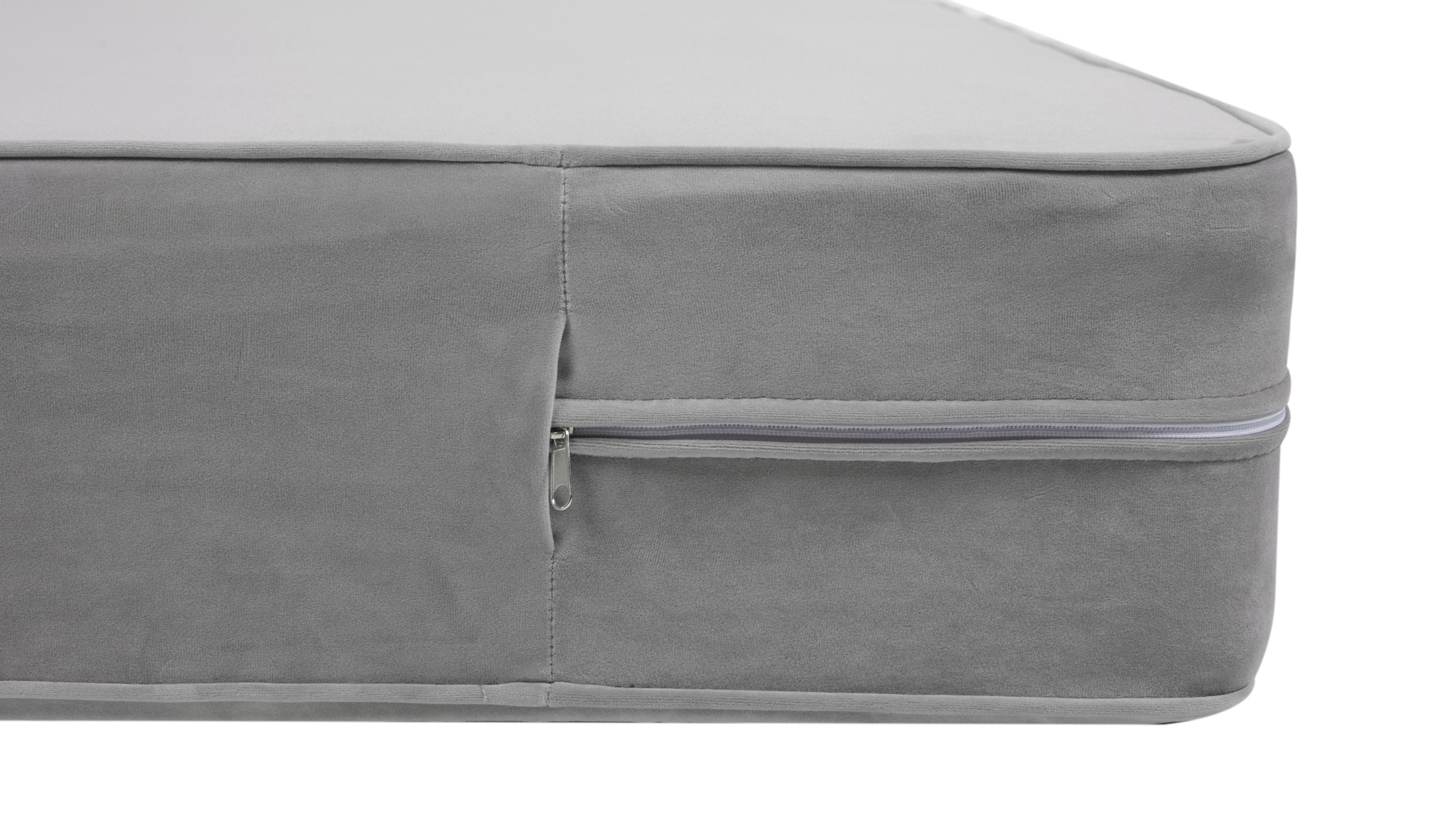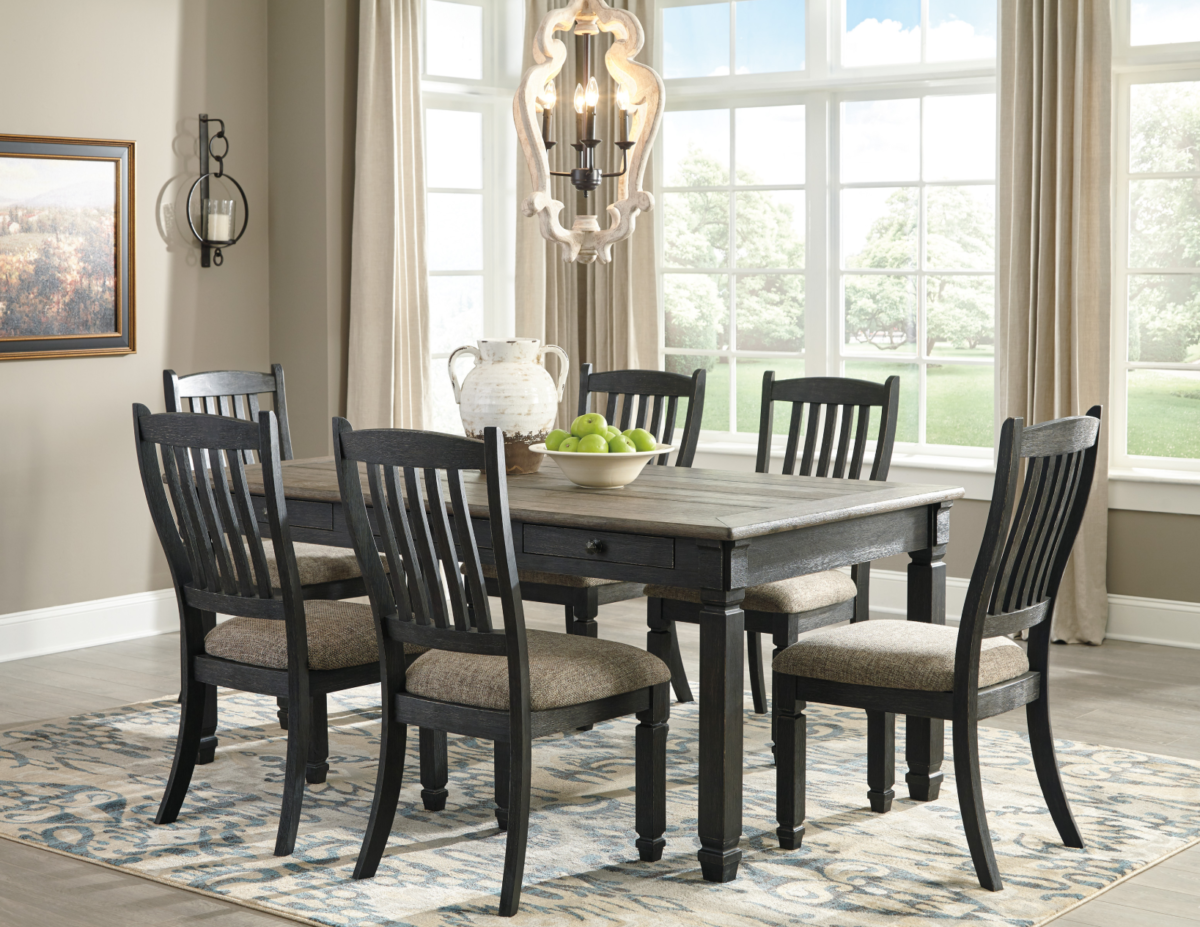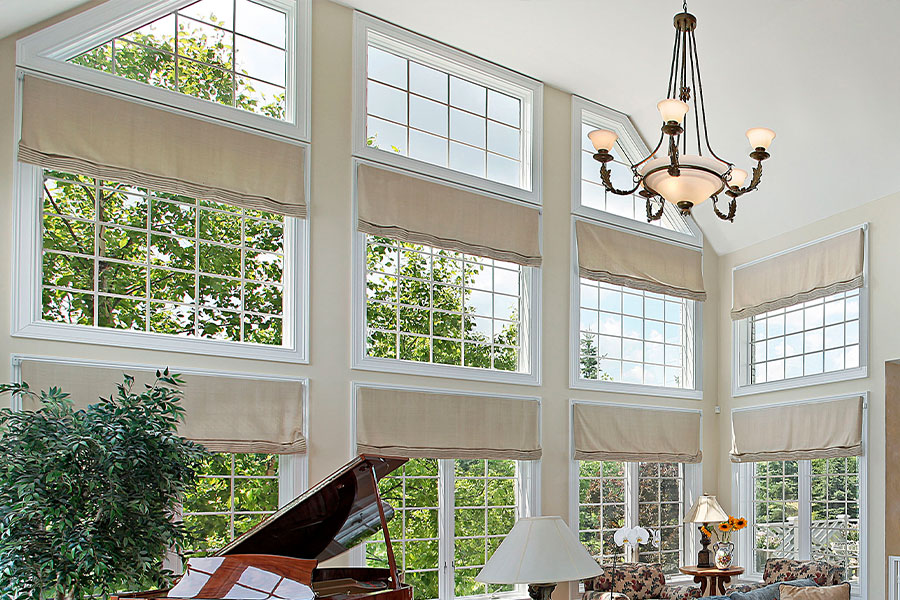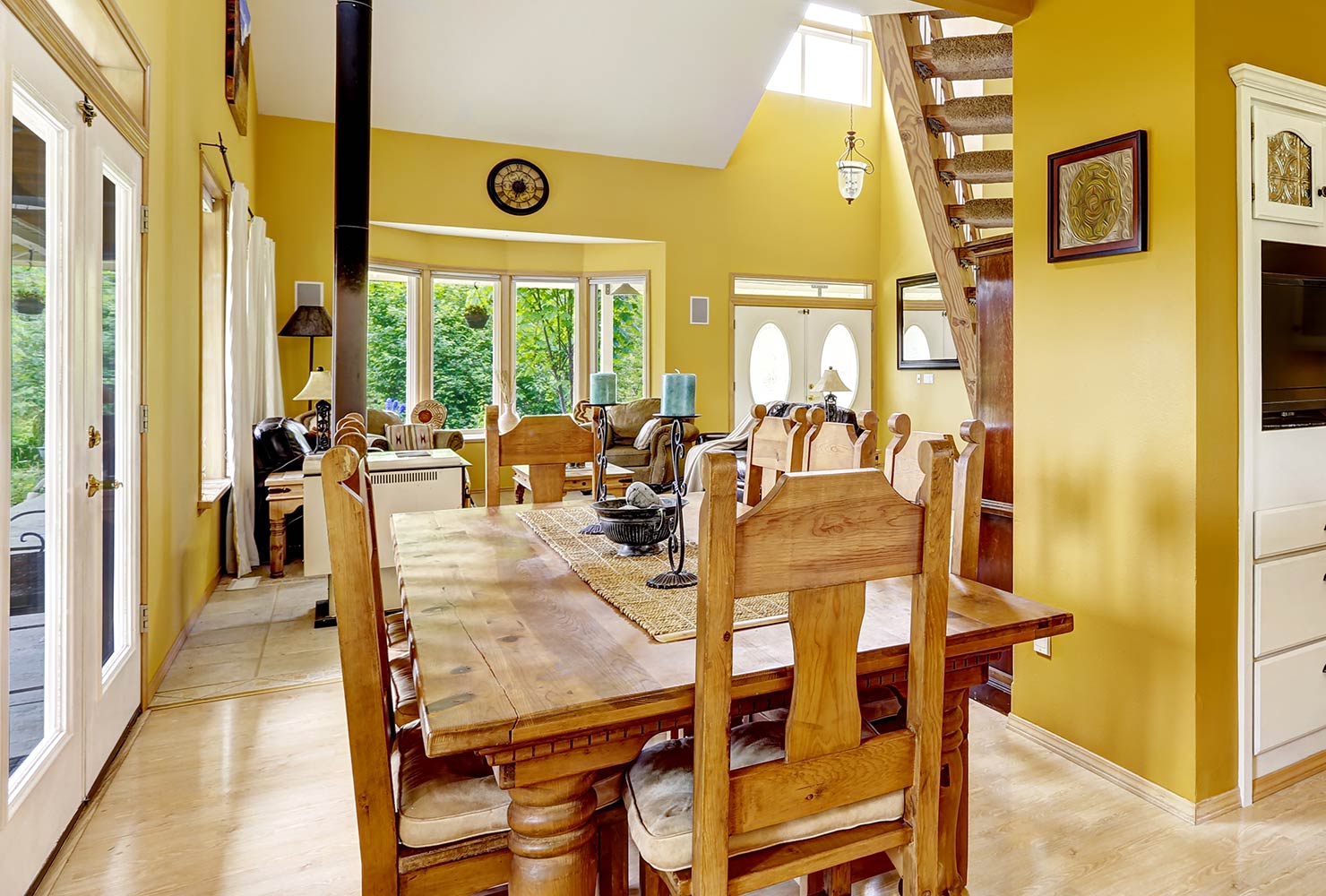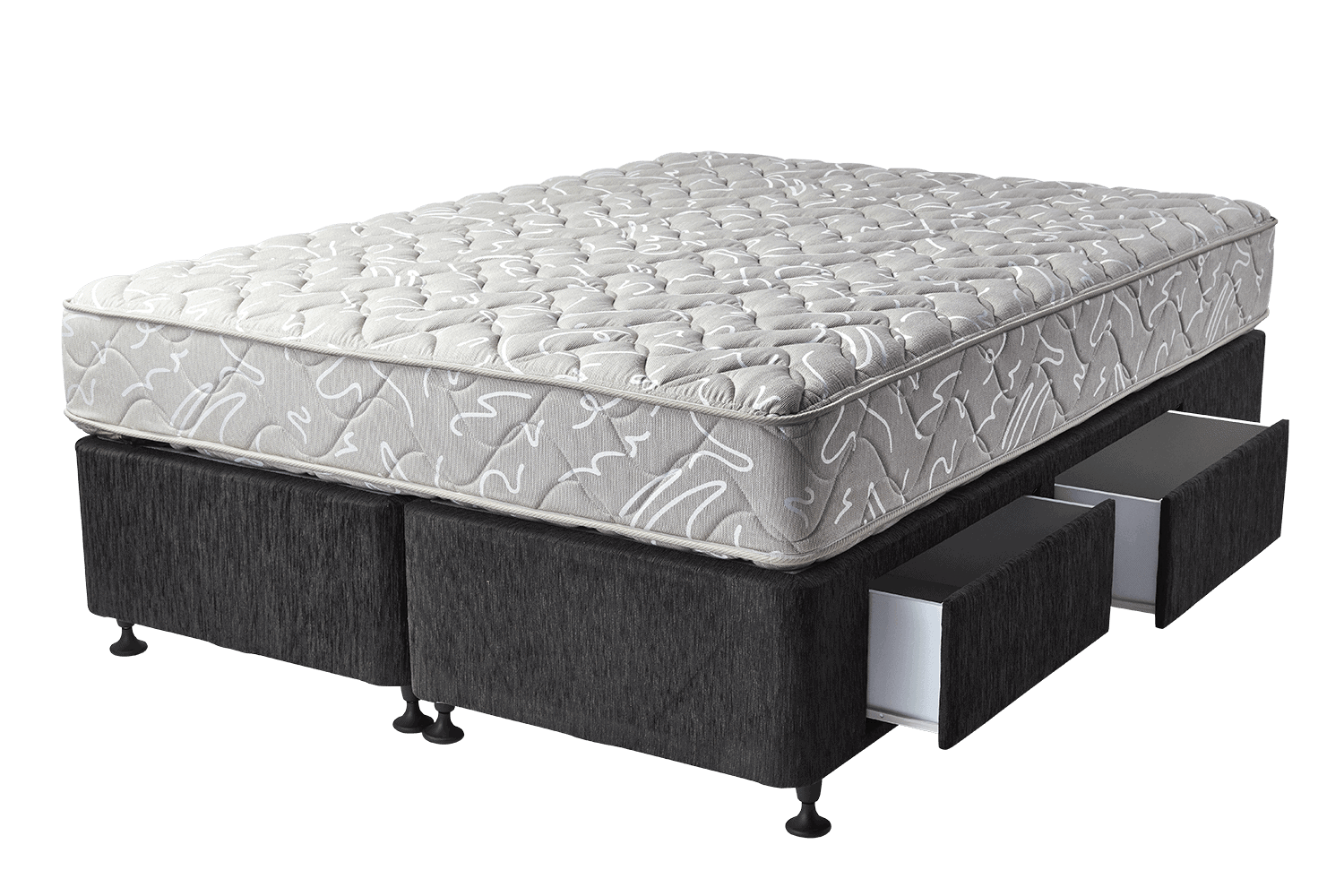Maximizing Floor Space in Restaurant Kitchen Design
Effective restaurant kitchen design is fundamentally about maximizing floor space and creating an efficient workflow. This helps tell chefs and kitchen staff where to move and what action they must take, limiting congestion and confusion. When it comes to designing an effective restaurant kitchen, having ample prep and work stations is one of the main focuses. For larger kitchens, having plenty of room to move and a diverse layout will work wonders for the overall efficiency.
But for smaller spaces, the focus should be on creating multi-functional areas of preparedness and service. Utilizing any potential space to break out of the linear workflow model will greatly improve efficiency in a restaurant kitchen design. One particular tactic which should be implemented is to develop separate areas for storage and prepping vs. production and service. This helps increase productivity and gives chefs adequate room to work without too much congestion.
Common Challenges and Mistakes in Restaurant Kitchen Design
One of the primary common challenges involved in restaurant kitchen design is selecting the right appliances and equipment. Often times, restaurants focus on the number of items they own and not the amount of space they take up. Selecting a smaller alternative for appliances and equipment is one of the most effective strategies for streamlining the space and bettering the overall restaurant kitchen design.
Moreover, common mistakes in restaurant kitchen design include not accounting for changes in equipment size and type over time. Instead, it is essential to have a consistent design plan which maintains a balance between standard of living and necessities. By overlooking this common mistake, restaurants can easily save costs on appliances and improve the overall workflow.
Tips for Streamlining Your Restaurant Kitchen Design
Ensuring a streamlined kitchen design is essential for the restaurant’s success. To get started, restaurants should identify where chefs need to move from station to station. This helps to understand the proper kitchen layout, resulting in an efficient plan. An experienced restaurateur may suggest getting consultants to help consult on the details and effectively measure the space.
Also, restaurants should focus on investing in robust materials, such as stainless steel appliances, countertops and work spaces. While it may cost more, it provides a strong foundation for the kitchen to work at its optimum. Also, having efficient organization and storage can go a long way. Utilizing any wall or pantry space to store items efficiently can reduce time looking for essential tools and ingredients.
Essential Equipment for an Efficient Restaurant Kitchen Design
The essential equipment needed for an efficient restaurant kitchen design is largely dependent on the type of restaurant in question. Equipment will mostly involve the core necessities, such as professional-grade ovens, refrigerators, and cooktops. If space allows for such luxury, some restaurants will add in additional equipment, like specialty ovens or steamers. A general rule of thumb is to never skimp out on essential tools - restaurant chefs should always have the necessary tools and ingredients at their disposal for success.
Also, restaurant design consultants can advise on which types of equipment and materials to invest in. Not only will they be able to suggest speciality items which fit the restaurant type, they will be up to date on current trends in efficient kitchen designs.
Key Considerations for Planning an Efficient Restaurant Kitchen Design
The most important considerations for planning an efficient restaurant kitchen design are understanding the detailed dynamics of workflow and making use of every inch of space. A restaurant kitchen should be designed as if it's a standardised system, with no areas wasted. Also, before investing in any equipment, restaurants should take proper measurements of the available space. This helps to get a more accurate picture and avoid oversizing any appliances which could end up costing more in the long run.
Moreover, a consultant can help to calculate the optimal kitchen space for a restaurant. This helps them to identify the proper measurements for appliances and equipment, resulting in no space being wasted. They can also suggest the best positioning of the kitchen and any additional supplies or storage space needed.
Measuring Efficiency in Restaurant Kitchen Design
Measuring the efficiency of a restaurant kitchen design is a process which requires data and analytics. Whether it is the number of orders produced by hour or kilowatt consumption, having a clean system to track the progress of performance is essential. Restaurant owners should track the metrics of their kitchen's output, then by changes to layout if needed.
The kitchen layout should be designed in a way that allows for quicker and higher-quality output. Having modular equipment can also help to speed up the process. For instance, a movable cooktop station can provide chefs with a more dynamic work area, provided they are still able to maintain good food hygiene.
Improving Work Flow in Your Restaurant Kitchen Design
When a restaurant kitchen is correctly designed, the workflow should come naturally. To do this, chefs need to abide by the restaurant kitchen's design, following the standard processes in place. Having designated areas for certain tasks goes a long way. For example, having prepping areas separate from cooking areas ensures smooth transitions between meal preparation and service.
However, this takes practice and supervision from experienced restaurant owners. Investing in more complex kitchen equipment can also help to speed up cooking processes. For instance, built-in ovens are now common whereby chefs can cook different items without the need for a one-size-fits-all slowcooker for bulk production.
Sustainable Restaurant Kitchen Design Strategies to Improve Efficiency
One of the most effective strategies for improving efficiency in a restaurant kitchen design is by implementing sustainable design tactics. For instance, installing LED lighting can help to drastically reduce energy bills. Furthermore, restaurants should aim to reduce the amount of emissions the kitchen emits. This can be done by recycling cooking fats and oils, as well as composting food waste.
Moreover, adopting green methods have become popular amongst restaurants in recent years. For example, owning renewable energy resources such as solar panels can provide an abundance of energy, much of which can be allocated for the kitchen. This helps to vastly reduce the carbon footprint of the restaurant, making them more efficient and efficient in the long run.
Optimizing Restaurant Kitchen Design for Large-Scale Production
For restaurants looking to design an optimal kitchen for large-scale production, having the right equipment is essential. This is because larger quantities must be prepared in a shorter timeframe. Therefore, investing more heavily into larger appliances and equipment can help to effectively increase output. Ovens and cooktops can be used more often and larger fridges and freezers can store more food.
Also, creating a layout which is conducive to workflow is also necessary - this can either be done through a linear workflow or breaking it up into smaller sections. Having two or three separate stations catering to different types of food adds an extra layer of efficiency, as chefs do not need to travel far to collect ingredients or start another meal.
Avoiding Common Pitfalls in Restaurant Kitchen Design
When it comes to restaurant kitchen design, many restaurants fall into the trap of over-estimating the number of appliances and pieces of equipment they need. This usually results in over-crowded kitchens, which can lead to confusion and miscommunication amongst staff. In order to create the most efficient kitchen, restaurants should have a strict adherance to the core essentials - having an extra blender or oven will do little in terms of efficiency.
Another common mistake is in the measuring of the space. Restaurant owners should always err on the side of caution when taking measurements - buying appliances that are too big can lead to overcrowding and waste of material. It is also important to factor in potential changes in restaurant dynamics when taking measurements - an appliance which is too big now could become too small at a later date.
Practical Ideas for Creating an Efficient Restaurant Kitchen Design
One of the first steps to creating an efficient restaurant kitchen design is to have an open dialogue between the kitchen staff and owners. Openly discussing the optimal design plan for the restaurant kitchen helps to reduce any misunderstandings, resulting in an effective layout. Furthermore, chefs should be able to recognise potential problems and act quickly to rectify them.
Also, having a minimalistic approach to designing a restaurant kitchen helps to reduce overcrowding. This means focusing on the core necessities, rather than splashing out for additional items. Having an area designated for storage of utensils and appliances is also essential, saving chefs time as they do not need to constantly search for increasingly valuable kitchen items.
Elements of an Efficient Restaurant Kitchen Design
 Creating an efficient restaurant kitchen design should go beyond aesthetics. It should be functional and be able to support the needs of your restaurant. As such, there are a few elements to consider when designing an efficient commercial kitchen.
Creating an efficient restaurant kitchen design should go beyond aesthetics. It should be functional and be able to support the needs of your restaurant. As such, there are a few elements to consider when designing an efficient commercial kitchen.
Floor Plan
 Floor plans
should be designed with your workflow in mind. The size of the kitchen and its equipment will often determine the layout. Each area in the kitchen should fit with the kitchen’s theme and design and should have easy to navigate equipment. Typically, a commercial kitchen includes areas for storage, preparation, cooking, and dishwashing.
Floor plans
should be designed with your workflow in mind. The size of the kitchen and its equipment will often determine the layout. Each area in the kitchen should fit with the kitchen’s theme and design and should have easy to navigate equipment. Typically, a commercial kitchen includes areas for storage, preparation, cooking, and dishwashing.
Stainless Steel
 Stainless steel
is the preferred material for commercial kitchens and is both hygienic and easy to clean. It is corrosion-resistant and durable which means it can maintain its appearance over many years. Not only is stainless steel comfortable to stand or sit on for long periods, but it’s also one of the most hygienic materials available.
Stainless steel
is the preferred material for commercial kitchens and is both hygienic and easy to clean. It is corrosion-resistant and durable which means it can maintain its appearance over many years. Not only is stainless steel comfortable to stand or sit on for long periods, but it’s also one of the most hygienic materials available.
Lighting
 Good kitchen lighting is essential.
Good lighting
can help increase the speed of the kitchen and help chefs and cooks safely prepare meals. Aim for indoor lighting that is bright, even, and has no glare.
Good kitchen lighting is essential.
Good lighting
can help increase the speed of the kitchen and help chefs and cooks safely prepare meals. Aim for indoor lighting that is bright, even, and has no glare.
Storage
 Having the right commercial kitchen equipment can make food preparation faster and more organized.
Storage
solutions are essential for stocking both food and ingredients. Look for equipment and furniture that is designed specifically for commercial kitchens. You should consider storage solutions that are durable, easy to clean, and fit the theme of your restaurant.
When designing an efficient kitchen, it’s important to consider the kitchen’s theme, size, and workflow. The right kitchen equipment and furniture can make a big difference in creating an efficient kitchen design. With the right elements in place, commercial kitchen staff can work smarter and more efficiently.
Having the right commercial kitchen equipment can make food preparation faster and more organized.
Storage
solutions are essential for stocking both food and ingredients. Look for equipment and furniture that is designed specifically for commercial kitchens. You should consider storage solutions that are durable, easy to clean, and fit the theme of your restaurant.
When designing an efficient kitchen, it’s important to consider the kitchen’s theme, size, and workflow. The right kitchen equipment and furniture can make a big difference in creating an efficient kitchen design. With the right elements in place, commercial kitchen staff can work smarter and more efficiently.





































































